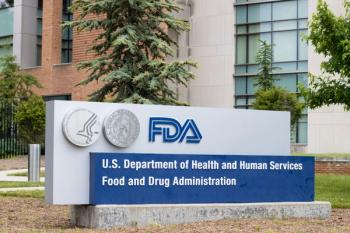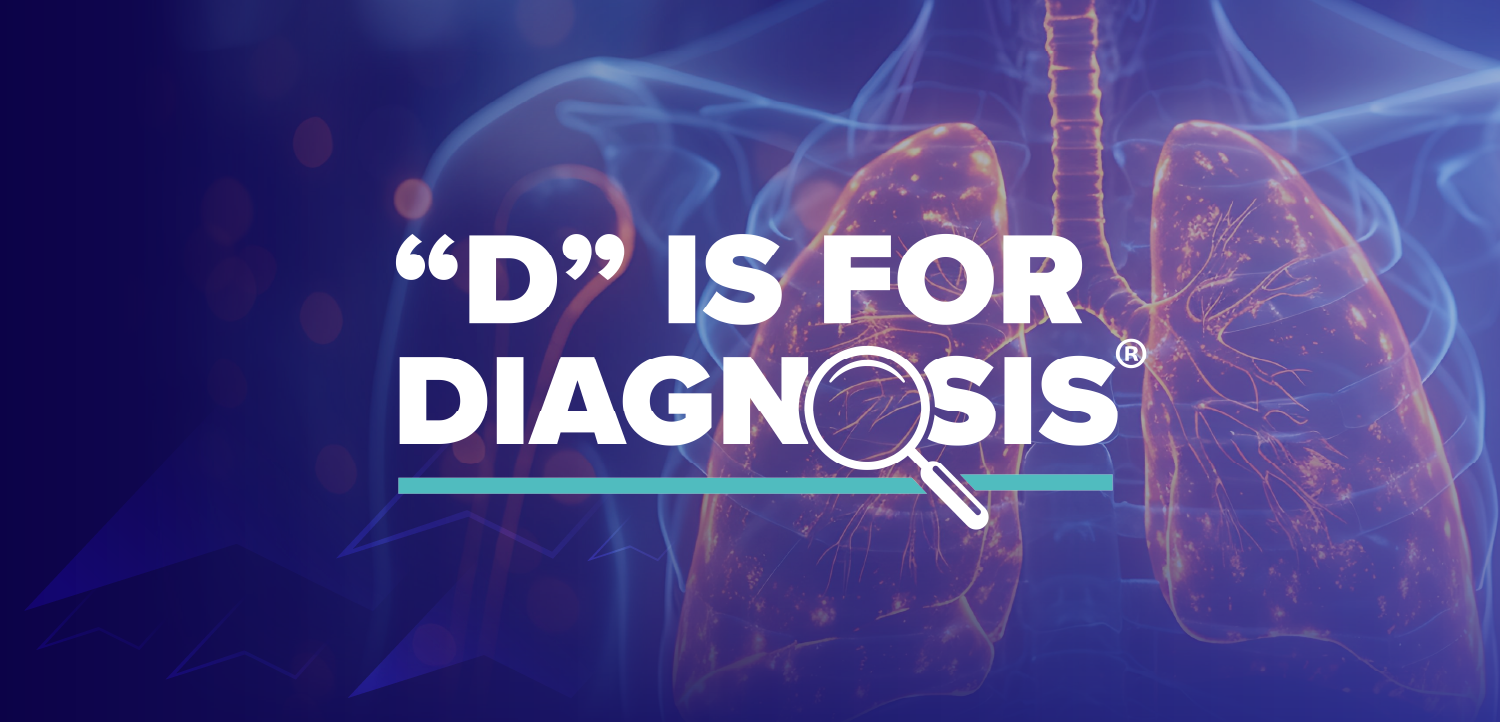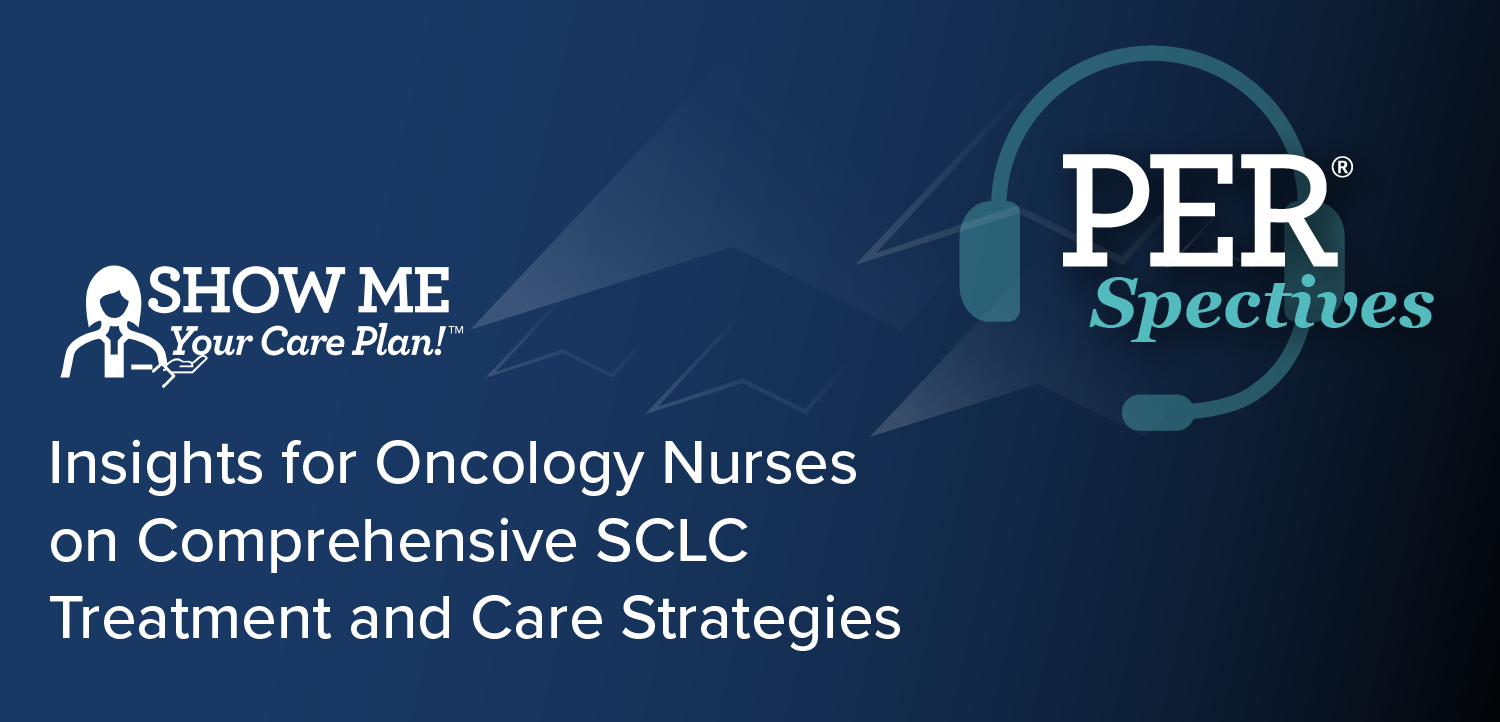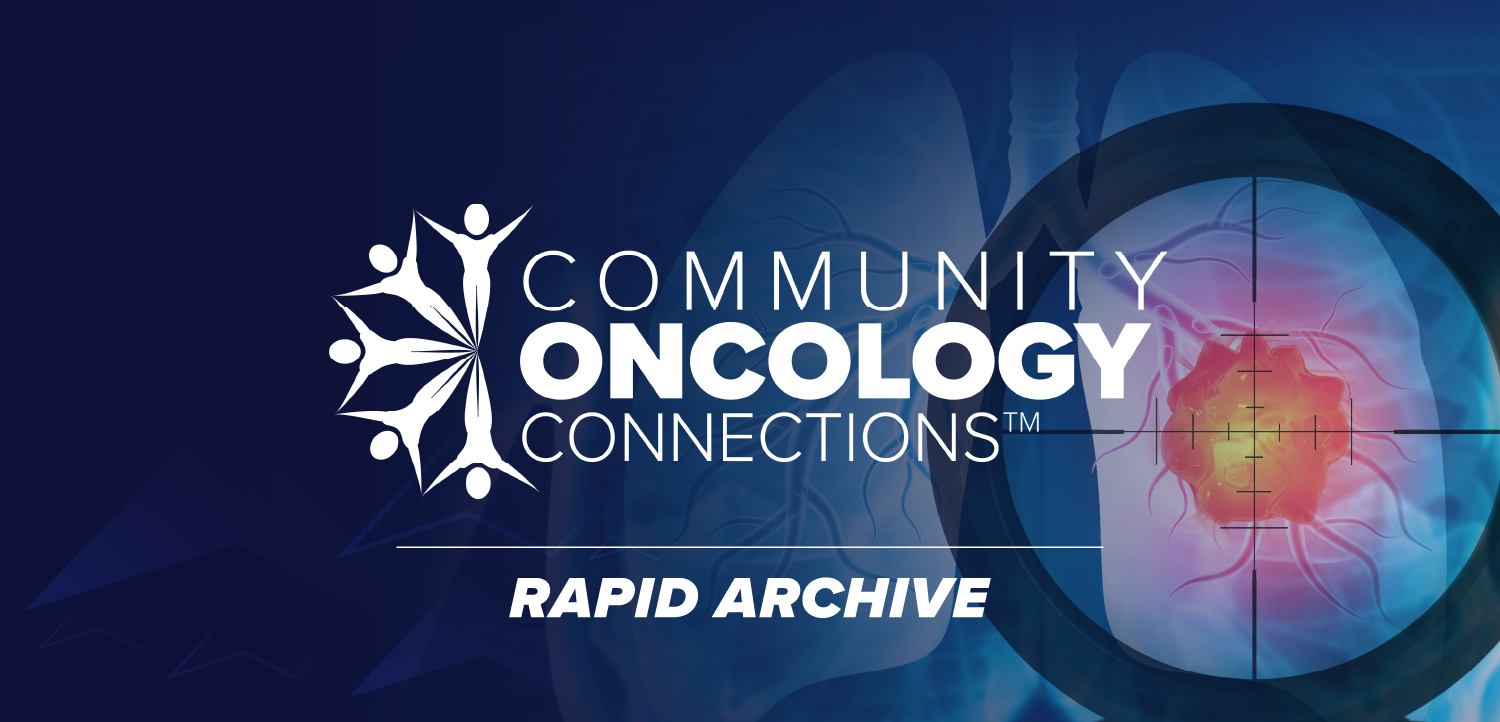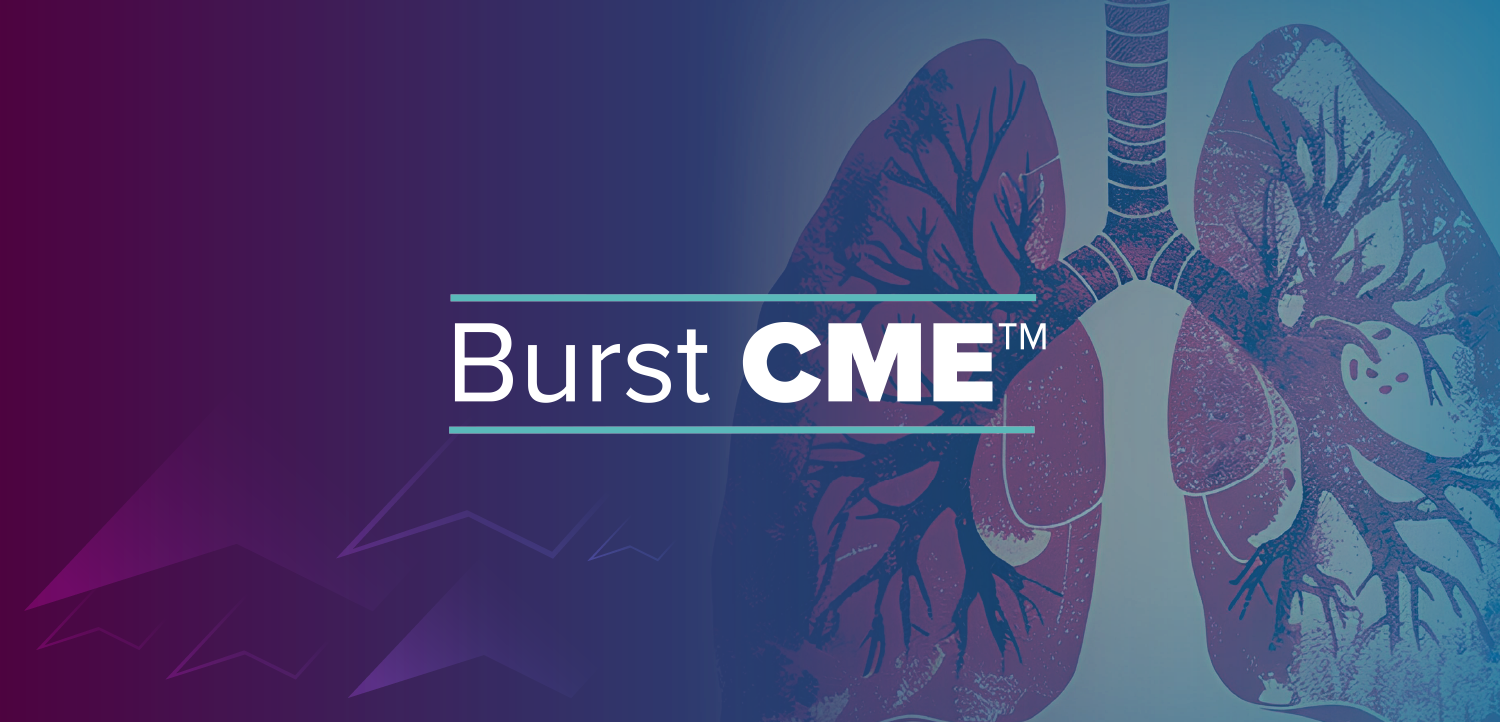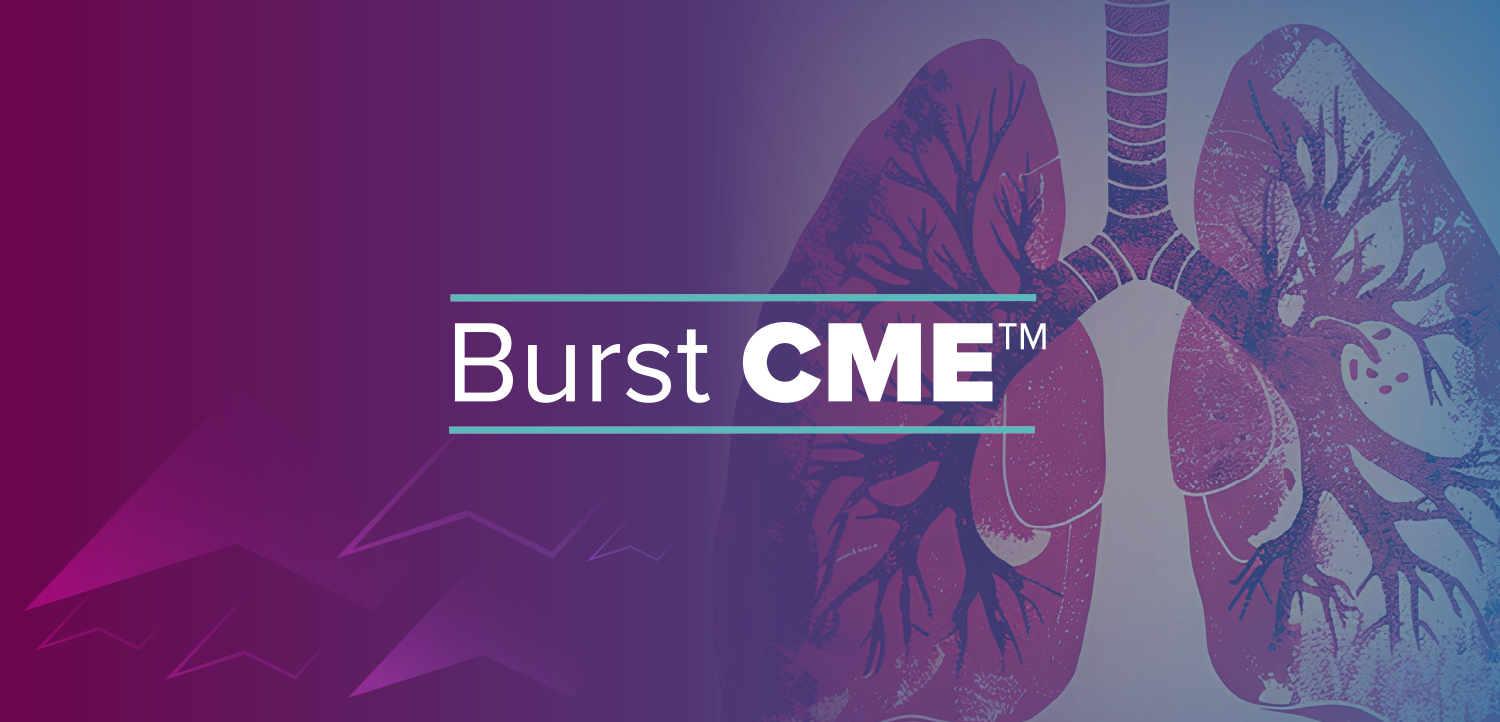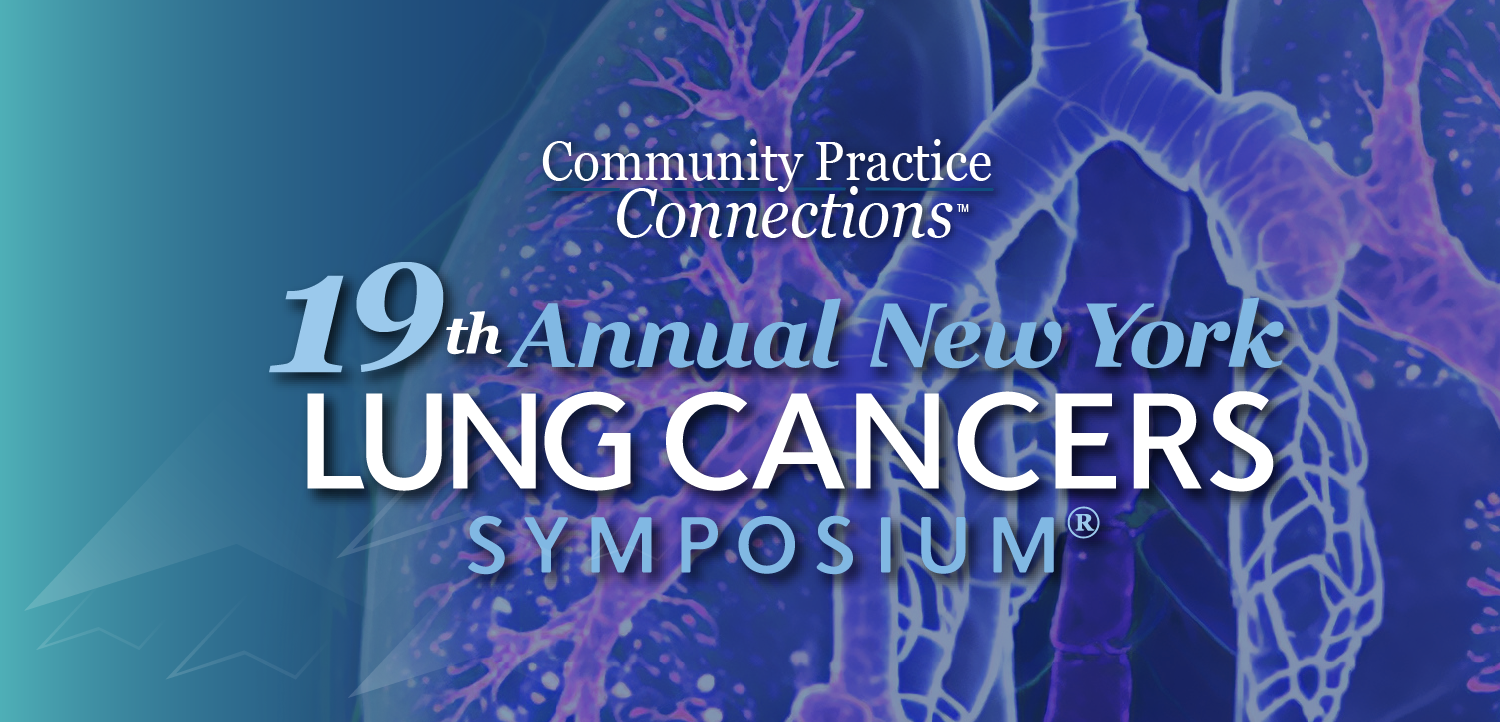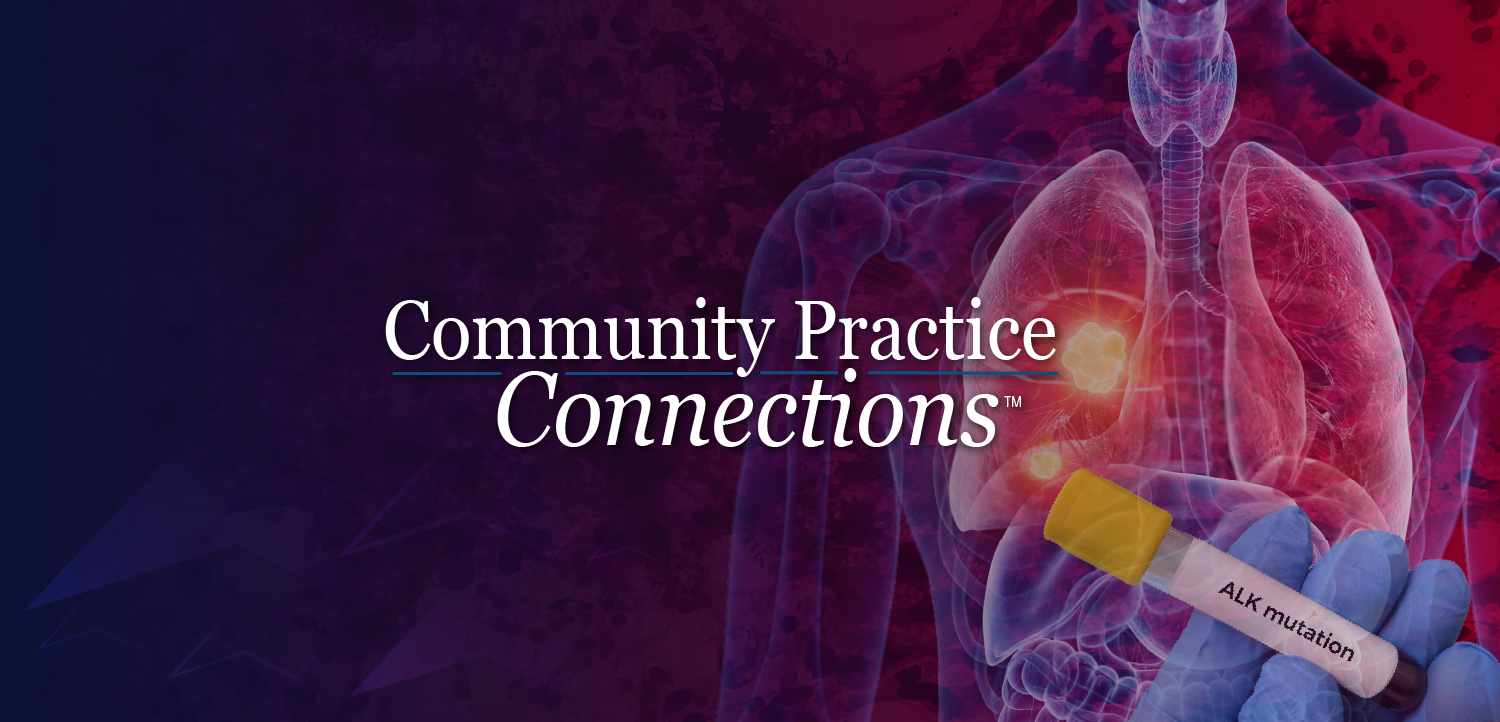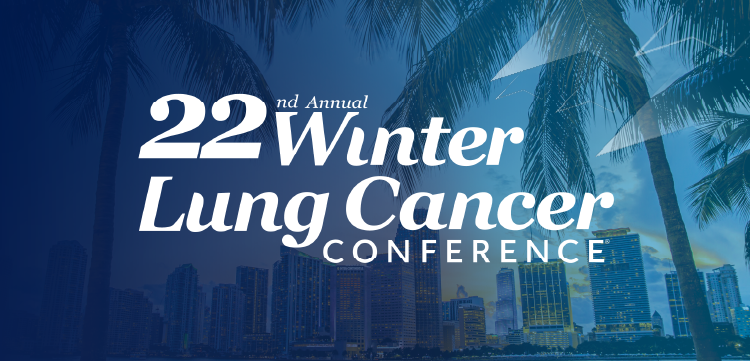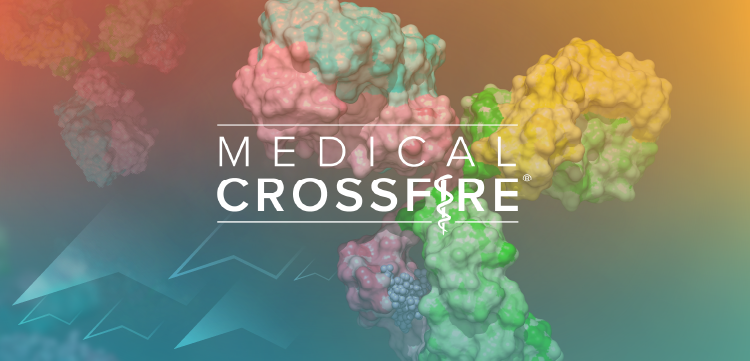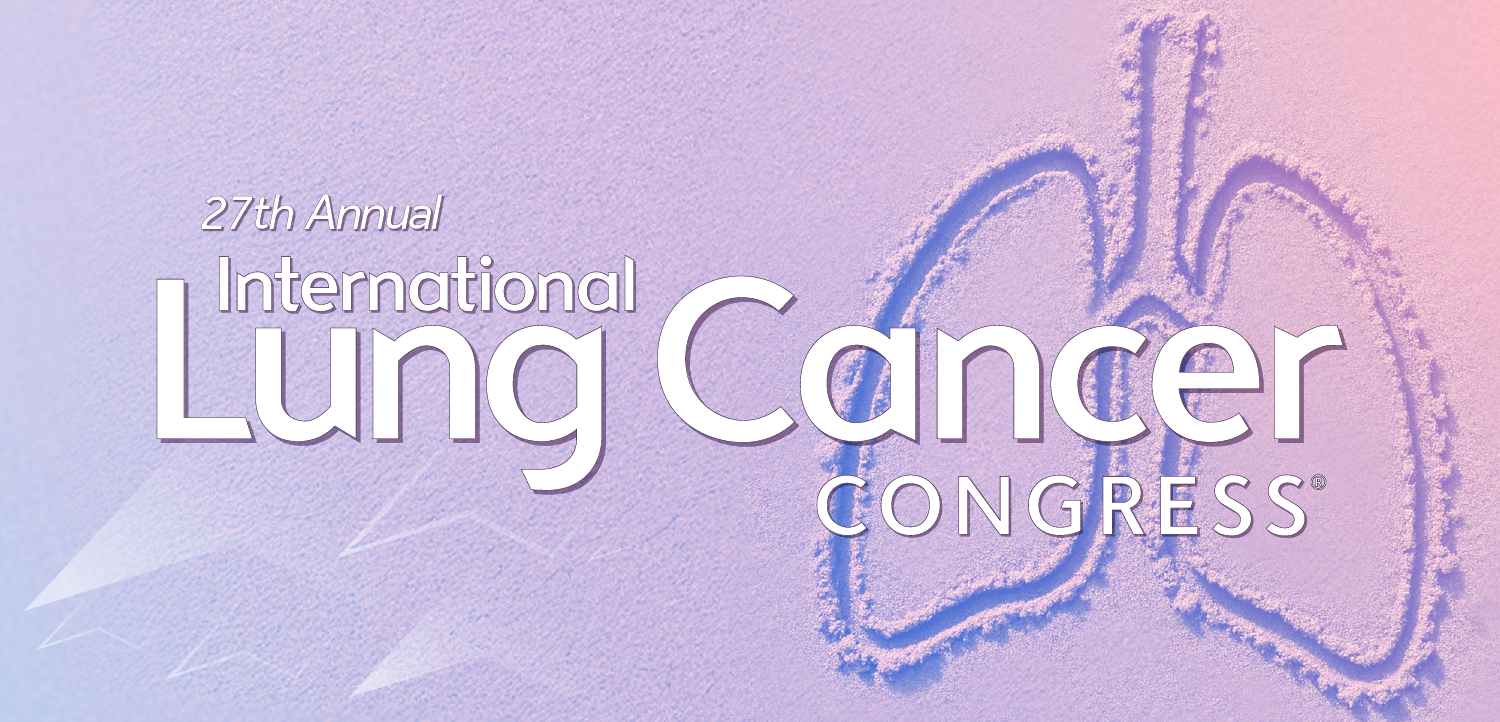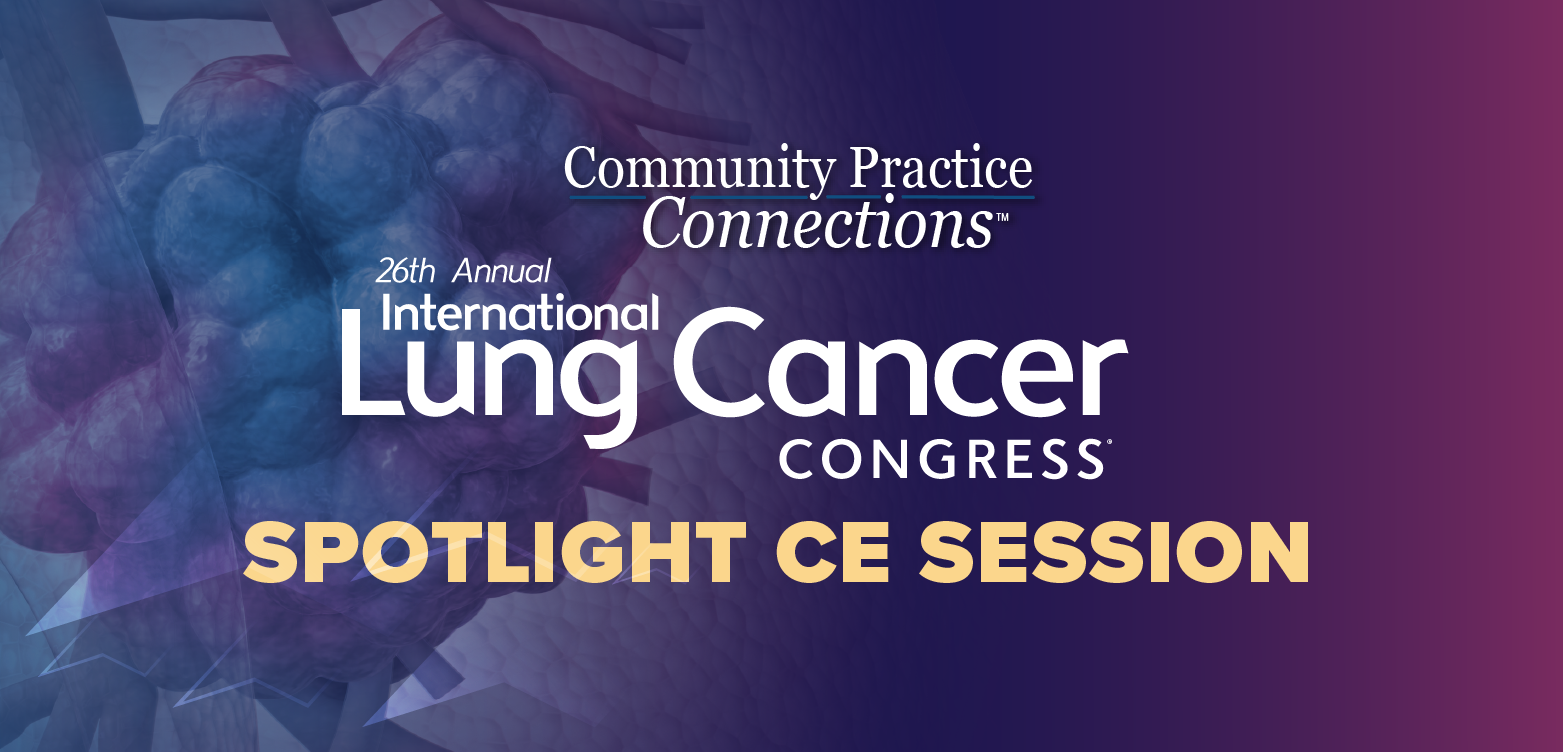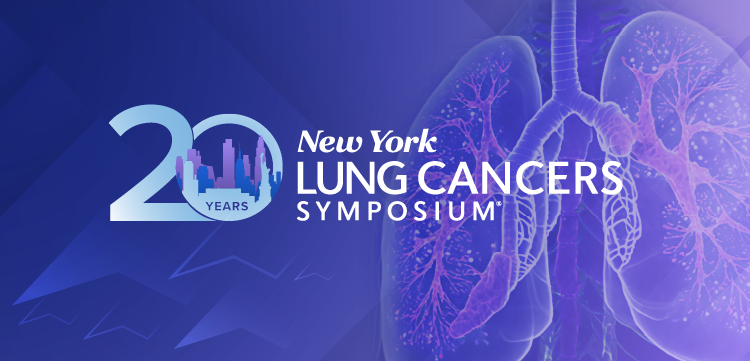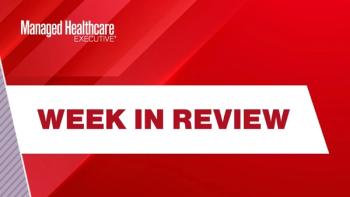
New data: Hospital readmission among NVAF hospitalized patients treated with new oral anticoagulants
Data from a real-world analysis provided an early view of hospital readmissions among hospitalized nonvalvular atrial fibrillation (NVAF) patients treated with new oral anticoagulants (NOACs).
Data from a real-world analysis provided an early view of hospital readmissions among hospitalized nonvalvular atrial fibrillation (NVAF) patients treated with new oral anticoagulants (NOACs).
In a retrospective, observational cohort study presented at the 27th annual meeting and expo of the
Related:
The study found that treatment of NVAF patients with apixaban was associated with lower hospital cost, shorter average length of stay and lower likelihood of hospital readmissions within 1 month following hospitalization, compared to treatment with rivaroxaban. Similar trends were observed when compared with dabigatran, though not statistically significant.
Related:
In the study, between January 1, 2012, and February 28, 2014, patients aged 18 years and older with a primary or secondary hospital discharge diagnosis of atrial fibrillation who received apixaban, dabigatran or rivaroxaban at any time during the hospitalization were identified from the Premier Hospital database. Patients were grouped into 3 cohorts depending on which NOAC they received during hospitalization. Patient demographics and clinical characteristics were evaluated. Multivariable logistic regression was used to identify predictors of hospital readmissions occurring within 1 month after the index hospitalization and multivariable generalized linear models were used to examine the associations of hospital length of stay and the costs of hospital readmissions within 1 month after the hospitalization with the treatment of NVAF patients, using dabigatran, rivaroxaban or apixaban, while adjusting for key patient and hospital characteristics.
NVAF patients treated with dabigatran, rivaroxaban or apixaban had varying patient characteristics at baseline, including with respect to stroke risk and bleeding risk. Patients treated with apixaban had longer length of stay and higher hospital costs during the initial hospitalization when treatment was started. Apixaban patients also had overall higher stroke risk and bleeding risk at baseline.
After adjusting for baseline patient characteristics:
- Treatment with apixaban in hospitalized NVAF patients was associated with lower hospital cost per patient of $418 (P<.01) compared with rivaroxaban and $156 (P=.27) compared with dabigatran due to readmissions for any cause within 1 month following the initial hospitalization.
- Treatment with apixaban in NVAF patients was associated with a shorter average hospital length of stay of 0.25 days (P<.001) compared to rivaroxaban and 0.11 days (P =.08) compared to dabigatran, during readmissions for any cause within 1 month following the initial hospitalization.
- Compared with apixaban, the odds ratio for all-cause readmissions for NVAF patients was estimated at 1.2 (P <.001) for rivaroxaban and 1.1 (P =.18) for dabigatran, and the odds of bleeding-related readmissions were estimated at 1.4 (P <.01) for rivaroxaban and 1.2 (P =.13) for dabigatran within 1 month following the initial hospitalization.
Bruno
Related:
Before adjusting for key patient characteristics at baseline, the frequency of all-cause readmissions within 1 month following a hospitalization was 14.43% for NVAF patients taking apixaban, 13.84% for NVAF patients taking dabigatran, and 15.38% for NVAF patients taking rivaroxaban. The frequency of unadjusted bleeding-related readmissions within 1 month following a hospitalization was 1.52% for apixaban, 1.53% for dabigatran, and 1.91% for rivaroxaban.
“The findings may be relevant to formulary managers because healthcare reform has identified hospital readmissions as a key area for improving care coordination,” said Amanda Bruno, PhD, MPH, study investigator, U.S. Health Economics and Outcomes Research, Bristol-Myers Squibb.
This research was funded by
Newsletter
Get the latest industry news, event updates, and more from Managed healthcare Executive.



